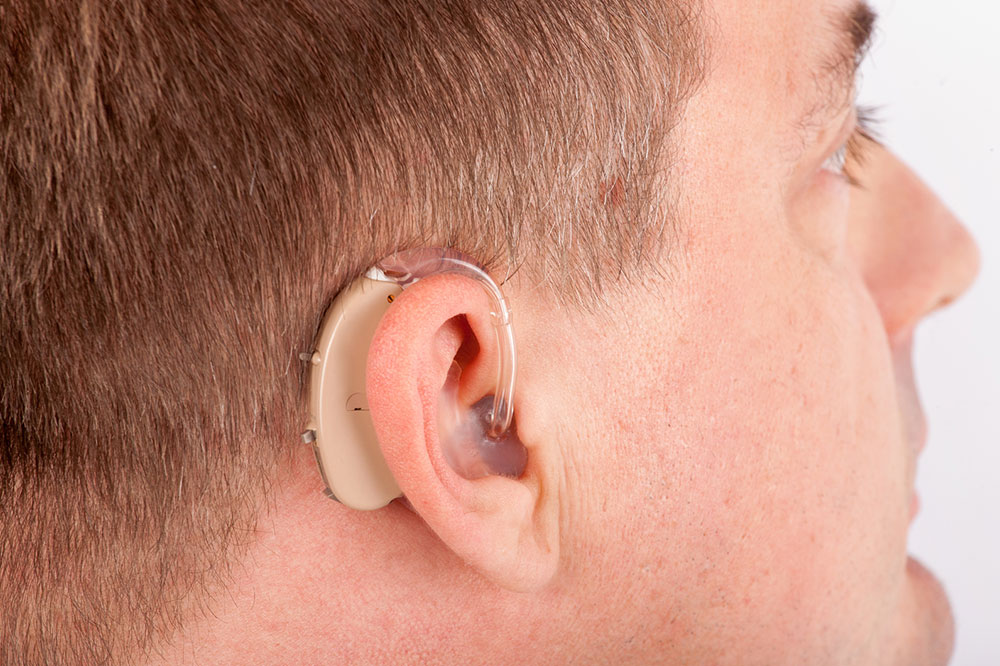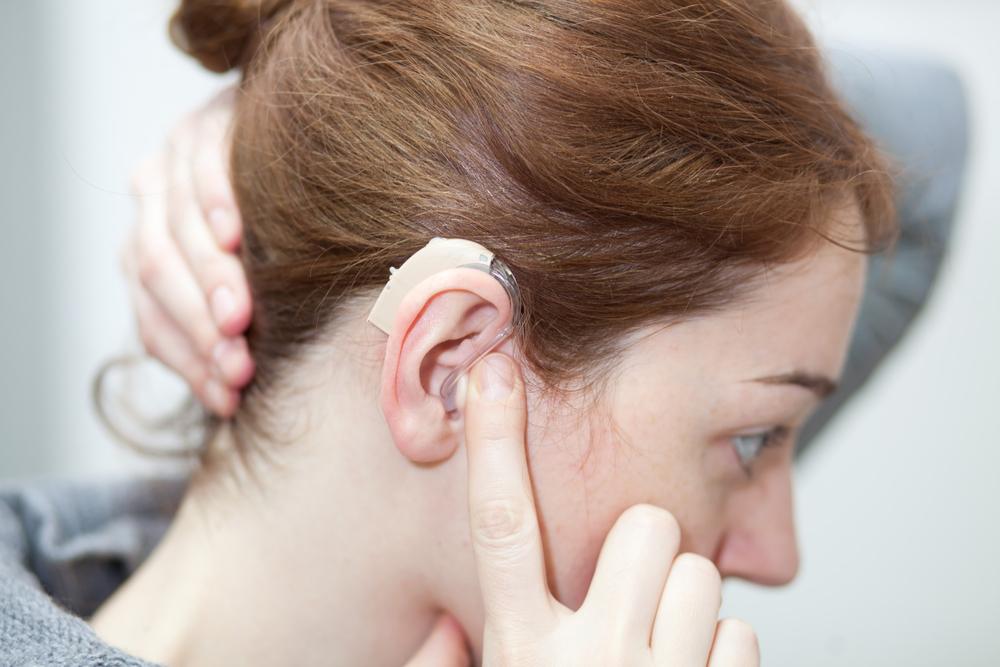Comprehensive Guide to Choosing the Right Hearing Aid for Your Needs
Choosing the right hearing aid involves understanding your specific hearing loss, selecting suitable styles, and considering advanced technological features like directional microphones, programmability, and feedback reduction. Consulting with a professional ensures the best fit and optimal performance, enhancing your hearing experience. Modern devices offer convenient features such as wireless connectivity and environmental adaptability, tailored to your lifestyle needs for greater comfort and clarity.

Key Factors to Evaluate When Selecting a Hearing Device
Choosing the appropriate hearing aid can be a daunting task given the plethora of options available on the market. With advancements in technology and the variety of styles, features, and functionalities, it's essential to understand your unique hearing loss profile and how each device can cater to your specific needs. The decision-making process should involve a thorough assessment of your hearing requirements, lifestyle preferences, and budget constraints. Consulting an audiologist or hearing healthcare professional is highly recommended to gain personalized insights and recommendations that align with your hearing health.
Design, Style, and Fit
Hearing aids come in multiple designs, each suited for different preferences and lifestyles. The most common types include behind-the-ear (BTE), in-the-canal (ITC), and in-the-ear (ITE) models. The BTE design is popular for its durability and ease of handling, especially for users with dexterity challenges. In contrast, ITC and ITE models are discreet and close to the eardrum, offering a more natural appearance. When selecting a style, consider ease of insertion, convenience, and your comfort level. Proper fit is critically important; a poorly fitted device can lead to discomfort, ineffective hearing amplification, and even feedback problems. Professional fitting by an audiologist ensures the device comfortably conforms to your ear canal while optimally positioning microphones and speakers for the best sound quality.
Advanced Microphone Technologies
One of the most critical technical features in modern hearing aids is microphone technology. Directional microphones, for instance, are designed to focus on sounds coming from the front, such as a person speaking directly in front of you, while minimizing background noise. This functionality significantly enhances speech clarity in noisy environments like restaurants, social gatherings, or bustling streets. Many contemporary hearing aids automatically adapt microphone modes based on the environment using sophisticated sensors and algorithms, switching seamlessly between directional and omnidirectional modes to optimize hearing comfort throughout different settings.
Customization and Programmability
High-end hearing aids often come equipped with programmability features that allow for tailored adjustments. Unlike basic devices that offer simple volume control, programmable aids can be configured to match your specific hearing loss profile, ensuring balanced amplification across various frequencies. These custom settings can be stored and adjusted for different environments—quiet room, busy street, or crowded restaurant—either manually or automatically. Working closely with your audiologist to optimize these settings enhances your overall listening experience and speech intelligibility.
Telecoil Compatibility
The telecoil, or T-coil, is a tiny wire coil embedded inside many modern hearing aids. It enhances the clarity of phone conversations by reducing ambient noise and electromagnetic interference. Additionally, telecoils enable seamless connection to induction loop systems installed in public venues such as theaters, churches, and conference halls. When activated, telecoils offer a significant improvement in hearing clarity, making it easier to participate fully in social activities without straining to understand speech.
Feedback Suppression Technologies
Feedback, often experienced as high-pitched whistling sounds, is a common issue in hearing aid use. Modern devices incorporate advanced feedback reduction algorithms that detect and cancel out these disruptive noises in real-time. Ensuring the device fits well and leverages these feedback suppression features results in a more comfortable and frustration-free listening experience. Proper fitting by an audiologist is crucial to minimize feedback and maximize device performance.
Additional Features and Modern Conveniences
Contemporary hearing aids are packed with innovative features aimed at enhancing user experience. These include low battery alerts, wireless Bluetooth connectivity to smartphones and other devices, automatic volume adjustment based on ambient noise, and direct streaming of phone calls and media. Many devices also support remote adjustments via mobile apps, allowing users to fine-tune settings easily without needing to visit a professional center. When choosing a hearing aid, consider which additional functionalities align with your lifestyle to ensure you get maximum benefit from your investment.





